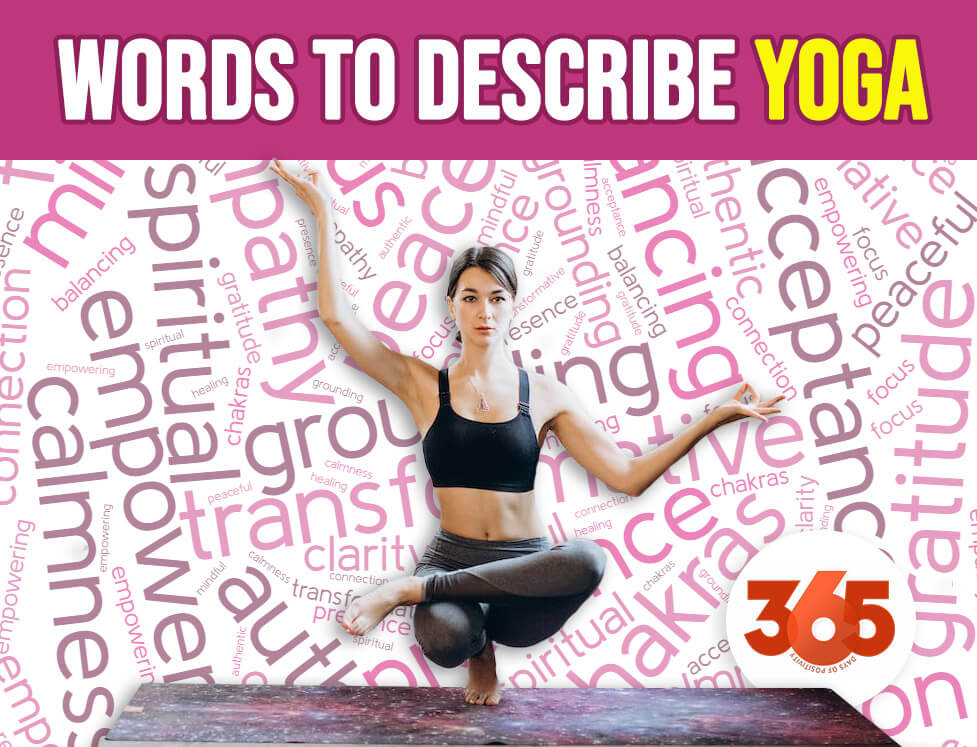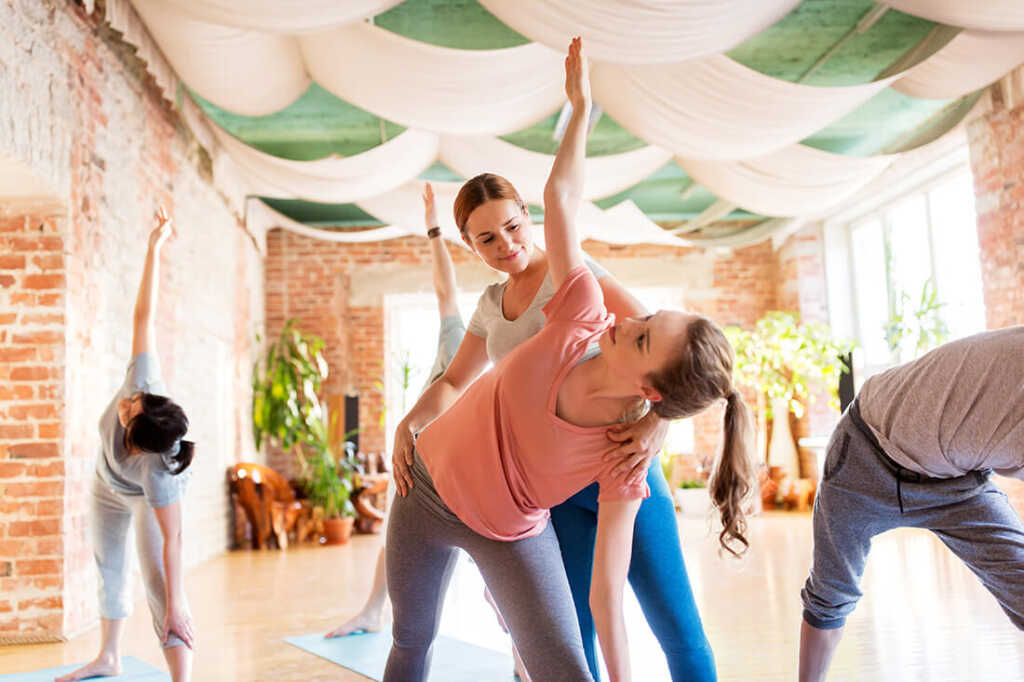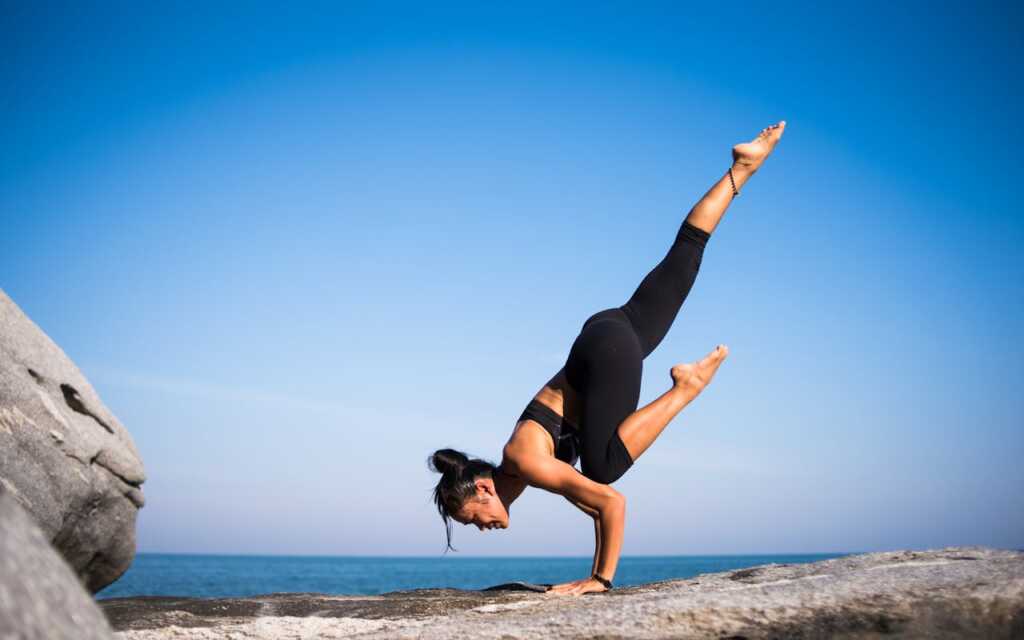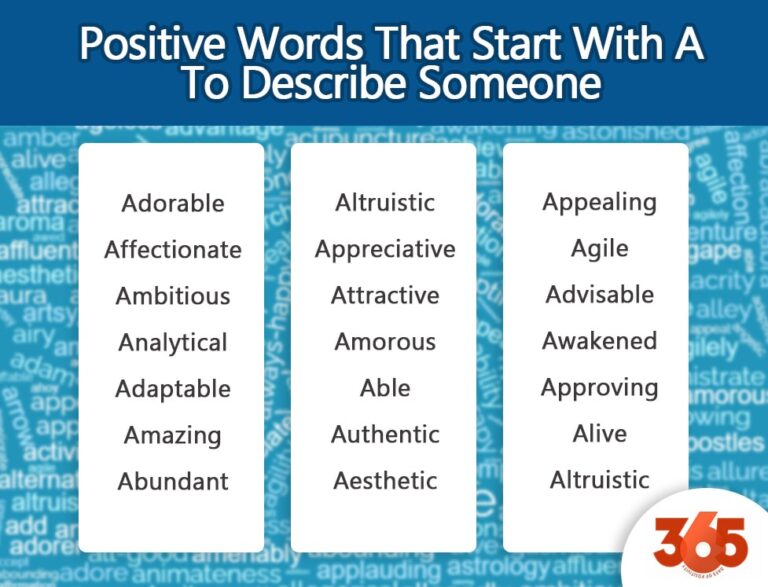Yoga has been around forever but it’s really blown up lately. It’s all about moving your body into different positions while focusing on your breathing and inner peace. Yoga works on your physical body but also your mind and spirit. It can totally transform the way you feel – not just how flexible you get but also how you handle stress and find purpose.
Whether you’re new to it and want to expand your vocabulary, putting together some info about yoga for a piece, or you want to let your yoga instructor know how much you appreciate them, these terms will serve you well.

Yoga Poses
Here are the purposes and benefits of yoga poses worth knowing.
Grounding – Poses that promote stability and balance. Examples include Tadasana (Mountain Pose) and Vrksasana (Tree Pose).
Energizing – Poses that create a sense of invigoration or stimulation, such as Sun Salutations or Warrior II, can be described as energizing.
Balancing – Yoga poses that require focus and stability, such as Tree Pose or Half Moon Pose.
Twisting – Poses that involve twisting the torso, such as Revolved Triangle or Twisted Chair, can be described as twisting.
Strengthening – Strengthening poses are those that build muscle and increase physical strength, such as Plank Pose or Chair Pose.
Stretching – Yoga poses that lengthen and stretch the muscles, such as Forward Fold or Cobra Pose, can be described as stretching.
Inversion – Inversion involves turning the body upside down, such as Headstand or Shoulder Stand.
Yoga Teacher
Looking for the right words to describe your favorite yoga teacher? Try using these words.

Compassionate – The first word that comes to my mind when thinking about how to describe a yoga teacher is compassionate. A compassionate yoga teacher should know that everyone comes to yoga with their own set of challenges and limitations, and they work hard to create a safe and supportive space for all of their students.
Inspiring – A yoga teacher should have the ability to inspire students to push beyond their limits and reach their full potential. They lead by example, demonstrating their own commitment to the practice and encouraging others to do the same.
Knowledgeable – A good yoga teacher is someone who has a deep understanding of the practice and its many benefits. They are well-versed in anatomy, philosophy, and spirituality, and they are able to share this knowledge with their students in a way that is accessible and engaging.
Patient – Yoga is a journey, not a sprint, and it takes time and patience to see real progress. Good yoga teacher understands this, and they are patient with their students as they work through their own challenges and obstacles.
Motivating – A great yoga teacher knows how to motivate their students to keep coming back to the mat, even when it feels difficult or challenging. They use positive reinforcement and encouragement to help their students stay committed to their practice.
Authentic – A good yoga teacher is someone who is authentic and true to themselves. They don’t try to be something they’re not, but instead bring their own unique perspective and energy to their teaching.
Supportive – A great yoga teacher is someone who is supportive of their students both on and off the mat. They create a sense of community and belonging, and they are always there to offer guidance and support when it’s needed. If you’re a beginner, a supportive teacher is someone you want to have around.
Attentive – Yoga teachers should observe their students closely and provide individualized feedback or modifications as needed.
Clear – Communication is key in yoga, so a teacher who can explain poses and concepts clearly and succinctly is invaluable.
Humble – Yoga is ultimately about self-improvement, so a teacher who is humble and open to learning from their students can create a more collaborative and supportive environment.
Passionate – Passion is the most important quality in a yoga teacher for the practice itself. A teacher who truly loves what they do can inspire that same love in their students.
Yoga Practice
Balancing, empowering, balancing, healing, or peaceful are some of the most common words to describe yoga practice. Here are all the words with their definitions.

Mindful – Yoga practice is all about being present in the moment, paying attention to your breath, and focusing on the sensations in your body. The word mindful perfectly describes this.
Peaceful – The calming effects on the mind and body of yoga allow you to find a sense of inner peace and tranquility.
Empowering – Practicing yoga helps you to connect with your inner strength and power, leaving you feeling strong and capable.
Balancing – Yoga is about creating balance in all aspects of your life, including physical, mental, and emotional balance. You can also balance your chakras.
Healing – Yoga has been shown to have numerous health benefits, including reducing stress, improving flexibility and strength, and alleviating chronic pain.
Authentic – A yoga practice is about being true to yourself and your own unique journey rather than comparing yourself to others or trying to fit into a certain mold.
Transformative – A consistent yoga practice has the power to transform your entire life, helping you to become more mindful, compassionate, and self-aware.
Challenging – While yoga can be peaceful and calming, it can also be a challenging physical practice that requires strength, flexibility, and focus, especially for beginners.
Grounding – Yoga can help you feel grounded and connected to the earth, bringing a sense of stability and rootedness to your life.
Yoga Feelings
There’s no secret that yoga helps with feelings by promoting relaxation and reducing stress levels. Here are other feelings associated with yoga.

Clarity – Yoga can bring a sense of clarity to your thoughts and emotions, allowing you to see things more clearly and make better decisions.
Presence – Mindfulness is all about being fully present in the moment, so the word presence is a great way to describe this feeling that typically arises when meditating or performing yoga.
Calmness – Yoga and meditation help you let go of stress and anxiety and experience a sense of calmness and peace.
Awareness – Mindfulness is all about awareness, so this word is a perfect description of what it feels like to be mindful while doing yoga.
Focus – When you’re mindful, you’re able to focus your attention on the present moment, which can help you be more productive and efficient.
Gratitude – When you perform yoga or meditation, both of these activities bring about feelings of gratitude and appreciation for the present moment and all that it has to offer.
Acceptance – Yoga and other mindful practices involve accepting things as they are without judgment or resistance, which can lead to feelings of acceptance and contentment.
Connection – Feeling more connected to yourself, others, and the world around you, which can bring about a sense of belonging and purpose.
Equanimity – A state of calmness and composure that comes from being mindful and centered.
Empathy – Mindfulness and yoga can also increase empathy for others, helping you understand and connect with people on a deeper level.
Final Words
Yoga is commonly described as something that’s healing, balancing, mindful, peaceful, and helps you accept things. It can also be inspiring, teach you empathy and patience, and be motivating.
But the way each person sees yoga and what they get from it can be different, whether it’s physical or mental benefits. Some people focus more on the principles behind it, too. So, in the end, the words someone uses to talk about yoga really depend on how they experience it personally.





